Is the co-op model the best for milk processing? Can aspects of the hybrid Glanbia model be changed to reflect the terms of the defined profit after tax targets to reflect new goalposts? With some predicting 2020 farmgate milk prices coming under pressure, is it always the farmer, the primary producer that has to take the hit?
More questions than answers. This week we take a look at the Glanbia and the Dairygold business models looking at it from a milk supplier perspective. Both businesses have expanding dairy farmers investing heavily at farm level and both have taken on large processing investments.
The Glanbia structure, given its ownership, history and evolution, makes returns differently
The Dairygold Co-op structure is more straightforward as it trades as a co-op so any money unspent that hasn’t gone to farmers in terms of milk or grain price falls into another part of the Dairygold Co-op business. Whether that’s the balance sheet, lower debt levels, a reserve fund or whatever. The Glanbia structure, given its ownership, history and evolution, makes returns differently. For both, milk price is still by far the most important return.
We must remember both businesses have allowed member farmers to expand production significantly over the last 10 years. The easy option for both of them would have been to do what some private milk companies have said to suppliers across Europe – no more milk please.
Over the last number of weeks, more and more Glanbia suppliers have been asking about the various elements that make up the return to milk suppliers
So the dilemma for farmers is what can change in a situation where we have a global pandemic and all bets are off. Kerry and Glanbia plc company directors are pulling back on commitments made earlier in the year.
Over the last number of weeks, more and more Glanbia suppliers have been asking about the various elements that make up the return to milk suppliers. To show how this works, we’ve taken the key financial numbers from 2018 and put them into a flow chart for both Glanbia Ireland and Dairygold Co-op.
So Glanbia Ireland, jointly owned by Glanbia Co-op (60%) and the plc (40%) had a turnover of €1.8bn in 2018. From that it had to run the business, pay wages, costs, pay milk and grain price etc. Once all that was done, €106m cash was left and this resulted in a figure after tax of €58m. This pot of money was then split two ways – firstly reinvestment, and secondly earnings for both parent entities (the co-op and the plc). These profits are then returned to farmers depending on how the board decides to return those funds to shareholders.
Three big questions come up regularly. Firstly, if Glanbia Ireland pays below market price for milk, is it not automatically gifting funds towards the plc? For example, if GI pays 1 c/l below market price, that’s the equivalent of €24m and if 40% (plc ownership) of that falls to the plc then that’s €9.6m gone from the co-op back to the plc?
So while farmers may have voted for this arrangement, in practice it can be difficult to deliver all of the time if market returns are poor
Secondly, the target 3.2% profit after tax sucks funds out of returns that otherwise could have been spent buying milk. So while farmers may have voted for this arrangement, in practice it can be difficult to deliver all of the time if market returns are poor, unless lower returns to farmers are used as the release valve. In Glanbia Ireland’s case, this 3.2% figure is close to the equivalent of 2c/l. Of course, Glanbia will argue that was created and voted on by farmers to allow for a guaranteed pot of funds for repaying capital and bank debt. Is that up for renegotiation now?
The third and final question that keeps returning in this model is the bonus structure or the return of Glanbia Ireland profits to milk suppliers. Starting in 2020, Glanbia Ireland has made a change where there is an unconditional element of 0.4c/l (meaning if you supply milk you get it without doing anything else). However, the argument is that these monies are cash that was sacrificed out of milk price to make the 3.2% profit after tax and essentially is owed to farmers given the ownership structure. So in effect it’s owed to farmers without introducing further conditions to get it.
To compare, if we run each of these queries through the Dairygold Co-op return to milk suppliers, they are all much more straightforward.
Dairygold hasn’t an enshrined 3.2% profit after tax target
If Dairygold pay below market price for milk the money stays in the co-op and is used to reduce debt, pay costs, or returned to the farmer at a later stage as an end of year bonus. Dairygold hasn’t an enshrined 3.2% profit after tax target so if markets are poor or investment is required, the profit after tax might be 2% or 1% depending on the key decisions.
In terms of trading benefits, Dairygold operates a voucher system with those who trade in its agribusiness outlets.
These vouchers are redeemed at the stores and are not related to milk price payment.
Farmers need to know how the money flow works in changing times
We potentially are entering new territory for these fast moving businesses. Farmers need to understand the money flow so that they can coherently argue and understand the various returns to farmers.
Ultimately it’s a question for the board of directors for each business how they make returns to milk suppliers or any other shareholder. Both have been successful in allowing farm businesses to grow. While directors are responsible farmers are responsible to challenge directors. There are valid questions and farmer suppliers deserve answers.
Co-ops like Lakeland, Aurivo, Carbery, and Arrabawn will all be able to relate to the Dairygold structure as explained. Glanbia is unique in Ireland given its ownership structure and history etc.
Read more
Co-ops can’t expect farmers to take all the pain – IFA
Twenty ways to protect profit in 2020
€25m Glanbia dividend for farmers and co-op
Is the co-op model the best for milk processing? Can aspects of the hybrid Glanbia model be changed to reflect the terms of the defined profit after tax targets to reflect new goalposts? With some predicting 2020 farmgate milk prices coming under pressure, is it always the farmer, the primary producer that has to take the hit?
More questions than answers. This week we take a look at the Glanbia and the Dairygold business models looking at it from a milk supplier perspective. Both businesses have expanding dairy farmers investing heavily at farm level and both have taken on large processing investments.
The Glanbia structure, given its ownership, history and evolution, makes returns differently
The Dairygold Co-op structure is more straightforward as it trades as a co-op so any money unspent that hasn’t gone to farmers in terms of milk or grain price falls into another part of the Dairygold Co-op business. Whether that’s the balance sheet, lower debt levels, a reserve fund or whatever. The Glanbia structure, given its ownership, history and evolution, makes returns differently. For both, milk price is still by far the most important return.
We must remember both businesses have allowed member farmers to expand production significantly over the last 10 years. The easy option for both of them would have been to do what some private milk companies have said to suppliers across Europe – no more milk please.
Over the last number of weeks, more and more Glanbia suppliers have been asking about the various elements that make up the return to milk suppliers
So the dilemma for farmers is what can change in a situation where we have a global pandemic and all bets are off. Kerry and Glanbia plc company directors are pulling back on commitments made earlier in the year.
Over the last number of weeks, more and more Glanbia suppliers have been asking about the various elements that make up the return to milk suppliers. To show how this works, we’ve taken the key financial numbers from 2018 and put them into a flow chart for both Glanbia Ireland and Dairygold Co-op.
So Glanbia Ireland, jointly owned by Glanbia Co-op (60%) and the plc (40%) had a turnover of €1.8bn in 2018. From that it had to run the business, pay wages, costs, pay milk and grain price etc. Once all that was done, €106m cash was left and this resulted in a figure after tax of €58m. This pot of money was then split two ways – firstly reinvestment, and secondly earnings for both parent entities (the co-op and the plc). These profits are then returned to farmers depending on how the board decides to return those funds to shareholders.
Three big questions come up regularly. Firstly, if Glanbia Ireland pays below market price for milk, is it not automatically gifting funds towards the plc? For example, if GI pays 1 c/l below market price, that’s the equivalent of €24m and if 40% (plc ownership) of that falls to the plc then that’s €9.6m gone from the co-op back to the plc?
So while farmers may have voted for this arrangement, in practice it can be difficult to deliver all of the time if market returns are poor
Secondly, the target 3.2% profit after tax sucks funds out of returns that otherwise could have been spent buying milk. So while farmers may have voted for this arrangement, in practice it can be difficult to deliver all of the time if market returns are poor, unless lower returns to farmers are used as the release valve. In Glanbia Ireland’s case, this 3.2% figure is close to the equivalent of 2c/l. Of course, Glanbia will argue that was created and voted on by farmers to allow for a guaranteed pot of funds for repaying capital and bank debt. Is that up for renegotiation now?
The third and final question that keeps returning in this model is the bonus structure or the return of Glanbia Ireland profits to milk suppliers. Starting in 2020, Glanbia Ireland has made a change where there is an unconditional element of 0.4c/l (meaning if you supply milk you get it without doing anything else). However, the argument is that these monies are cash that was sacrificed out of milk price to make the 3.2% profit after tax and essentially is owed to farmers given the ownership structure. So in effect it’s owed to farmers without introducing further conditions to get it.
To compare, if we run each of these queries through the Dairygold Co-op return to milk suppliers, they are all much more straightforward.
Dairygold hasn’t an enshrined 3.2% profit after tax target
If Dairygold pay below market price for milk the money stays in the co-op and is used to reduce debt, pay costs, or returned to the farmer at a later stage as an end of year bonus. Dairygold hasn’t an enshrined 3.2% profit after tax target so if markets are poor or investment is required, the profit after tax might be 2% or 1% depending on the key decisions.
In terms of trading benefits, Dairygold operates a voucher system with those who trade in its agribusiness outlets.
These vouchers are redeemed at the stores and are not related to milk price payment.
Farmers need to know how the money flow works in changing times
We potentially are entering new territory for these fast moving businesses. Farmers need to understand the money flow so that they can coherently argue and understand the various returns to farmers.
Ultimately it’s a question for the board of directors for each business how they make returns to milk suppliers or any other shareholder. Both have been successful in allowing farm businesses to grow. While directors are responsible farmers are responsible to challenge directors. There are valid questions and farmer suppliers deserve answers.
Co-ops like Lakeland, Aurivo, Carbery, and Arrabawn will all be able to relate to the Dairygold structure as explained. Glanbia is unique in Ireland given its ownership structure and history etc.
Read more
Co-ops can’t expect farmers to take all the pain – IFA
Twenty ways to protect profit in 2020
€25m Glanbia dividend for farmers and co-op




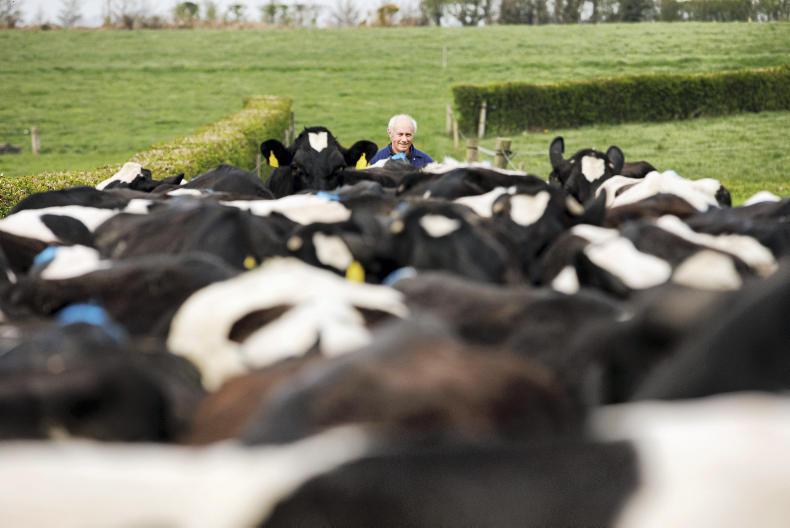
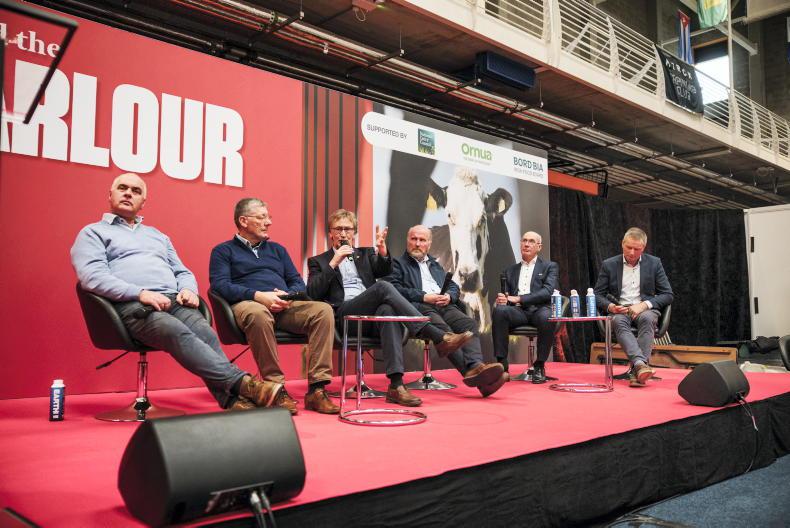

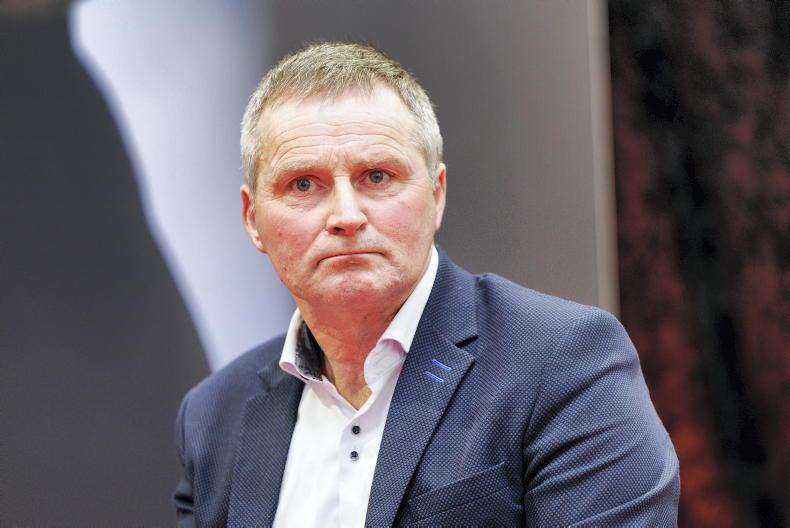
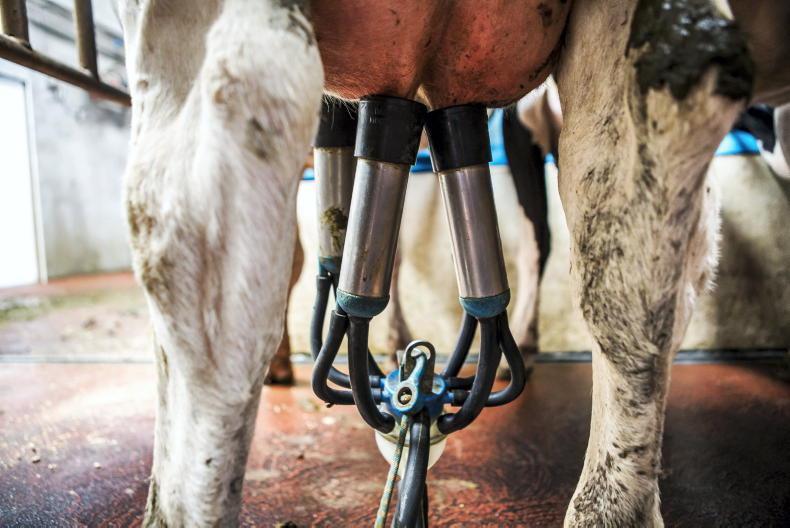
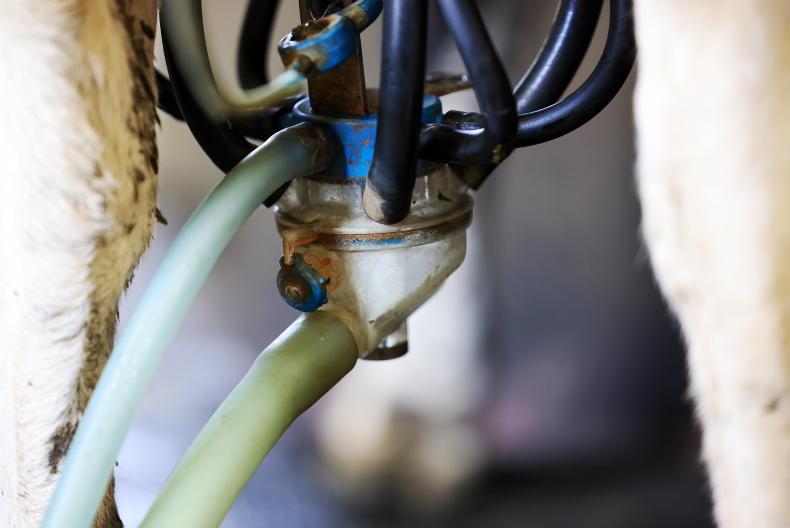
SHARING OPTIONS